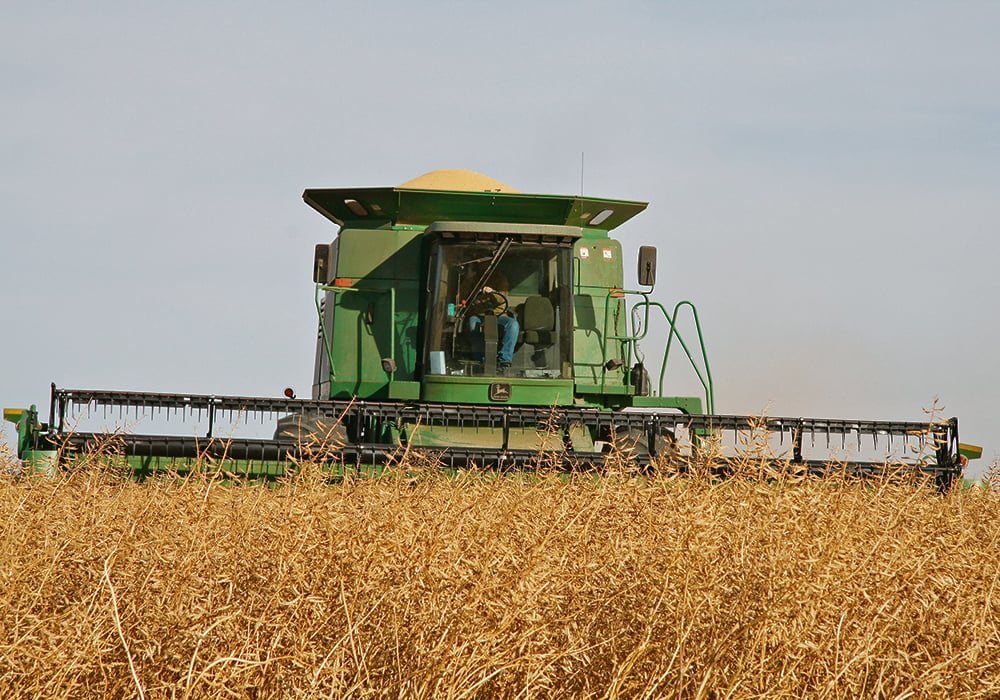Grain buyer says crop will likely be more plentiful this year due to better weather, which will change how it is marketed
LANGHAM, Sask. — If an average mustard crop comes in, be prepared for “traditional” prices, says a leading special crop buyer.
That means farmers will have to market like they did in the days before the drought-induced crop shortages of recent years.
“Trying to hang on to the bushels for as long as possible hoping for a strong rally does not look like it’s going to be the strategy,” Peter Gorski of BroadGrain said in an interview at Ag in Motion last week.
Most farmers had poor crops for a few years, which left western Canadian on-farm and commercial stocks low and made it easy to move crops to the elevators at high prices.
Read Also

European wheat production makes big recovery
EU crop prospects are vastly improved, which could mean fewer canola and durum imports from Canada.
This year, instead of prices that could hit $1 per pound, farmers are likely to see a range of 30 to 50 cents per lb.
Until 2018, western Canadian farmers often produced more than 200,000 tonnes per year, but that slumped in the drought years, with last year’s 170,000 tonnes a partial rebound from the 2018-22 mean average of 126,000 tonnes.
The drought was most severe in southwestern Saskatchewan and southeastern Alberta, which is the heartland of mustard country.
Gorski said farmers today should be looking at their off-the-combine and early harvest season sales, but not look to dump the crop all at once. While the early new crop year months will likely have the best prices, there will also probably be small, temporary rallies during the winter.
Farmers can make sales a few loads at a time, taking advantage of moments when farmgate prices look best.
“It’s very easy to miss an opportunity,” said Gorski.
“It’s very easy to talk yourself out of an opportunity.”
Yellow mustard has the best-looking market, with the top-paying and nearby U.S. condiment market offering solid demand. Brown and oriental mustard markets are less promising, with overseas competitors providing more price pressure. However, Canada’s traditional strengths of quality and reliability allow Canadian mustard to sell into competitive markets.
“The end user still views Canada as a premium supplier, premium quality, and with that comes a premium price,” said Gorski.
Unfortunately, after recent years of sky-high prices, this year’s premium prices might appear disappointing.
“Having a crop, an average crop, changes the dynamic completely,” said Gorski.
“This year is a massive difference from the past three seasons.”

















